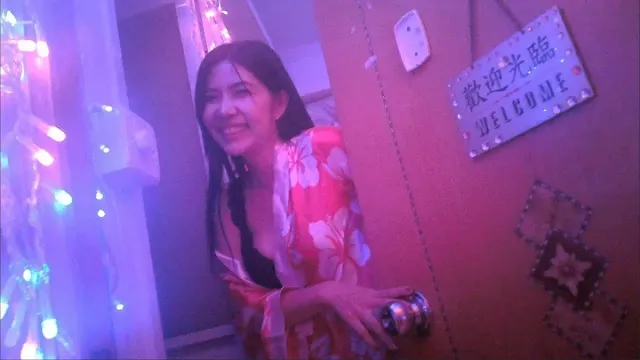Table of Contents
In the cracks of the city that cannot be illuminated by the neon lights of Hong Kong, prostitutes on one floor and subdivided flats form a special symbiotic relationship. These two seemingly different social phenomena actually stem from Hong Kong's deformed housing market and rigid class structure. When ordinary citizens need to cut their homes into pigeon-cage-like subdivided flats to survive, those forced into sex work also use the same logic to transform their living space into a tool of production.
Sex workers create a distorted economic space in the cracks of survival
The phenomenon of subdivided flats is the most blatant manifestation of Hong Kong’s housing crisis. According to data from the Census and Statistics Department, more than 220,000 people in Hong Kong live in subdivided flats with an average area of only 62 square feet. These escape windows sealed with cement and the intricate illegal electrical wires not only compress the physical space, but also close off the channels for social mobility.
Behind this spatial alienation lies Hong Kong’s deep-seated structural contradictions. The long-term shortage of land supply and the monopoly of real estate capital have formed a double stranglehold on the housing market. The waiting time for government public housing has exceeded the six-year mark, forcing low-income people into the "subdivided flat trap": monthly rent accounts for 40% of their income in housing expenses, forming a vicious cycle that makes it difficult to save money to escape poverty. Most of the prostitutes working in "one floor, one prostitute" services are single mothers or new immigrant women. They choose this "high-risk, high-income" profession, which is essentially a helpless compromise to housing exploitation.

The Deep-seated Contradictions of Subdivided Flats
When the government regards the elimination of one prostitute per floor and the rectification of subdivided flats as a simple law enforcement issue, it falls into the misunderstanding of treating the symptoms but not the root cause. Singapore’s public housing policy shows that when housing security covers 80% of the population, the number of marginalized groups in society will naturally be greatly reduced. Hong Kong needs to break the shackles of land interests, implement the promise of 50,000 transitional houses each year into specific policies, and at the same time establish a vocational training and social support system to eliminate these two abnormal phenomena at the root.
From the pink light shining through the iron gate of the tenement building to the damp and musty smell wafting through the corridors of the subdivided flats, they all tell the same urban fable. When housing is transformed from a basic human right into a luxury, citizens can only make a cruel choice between survival and dignity. To resolve this dilemma, we need to go beyond moral criticism and face up to the deep-seated contradictions in Hong Kong’s development model.
Further reading:




